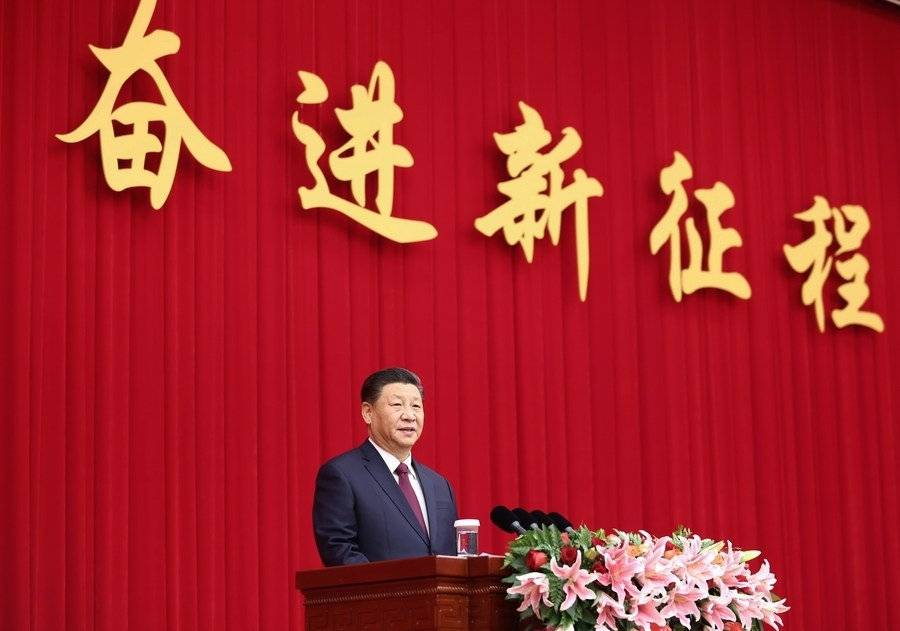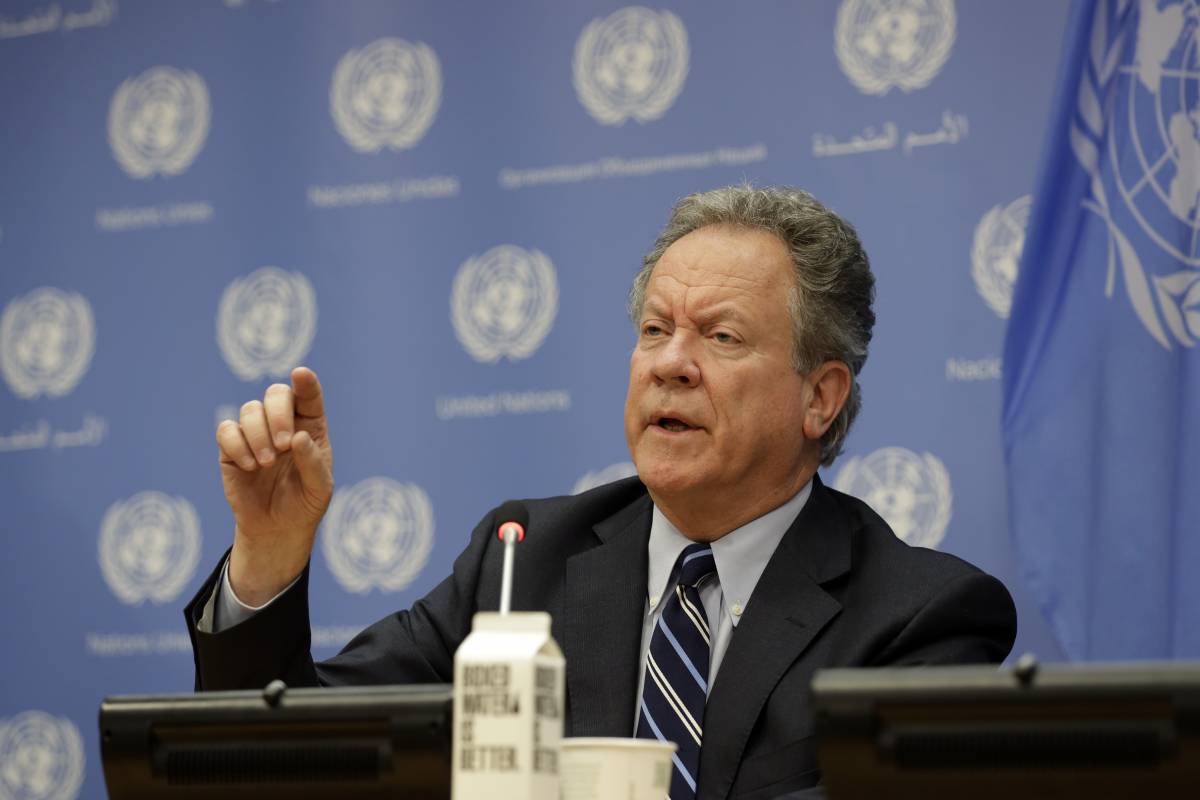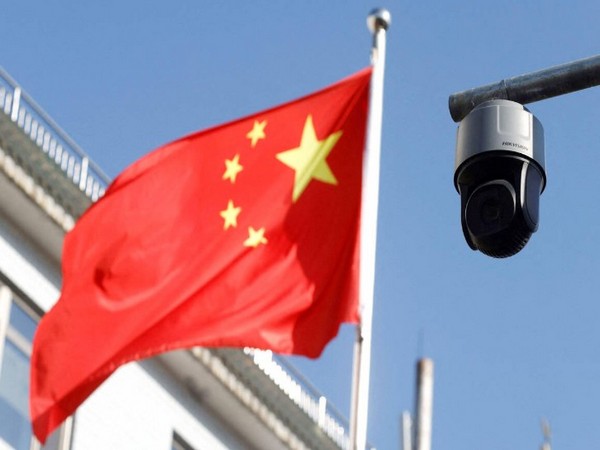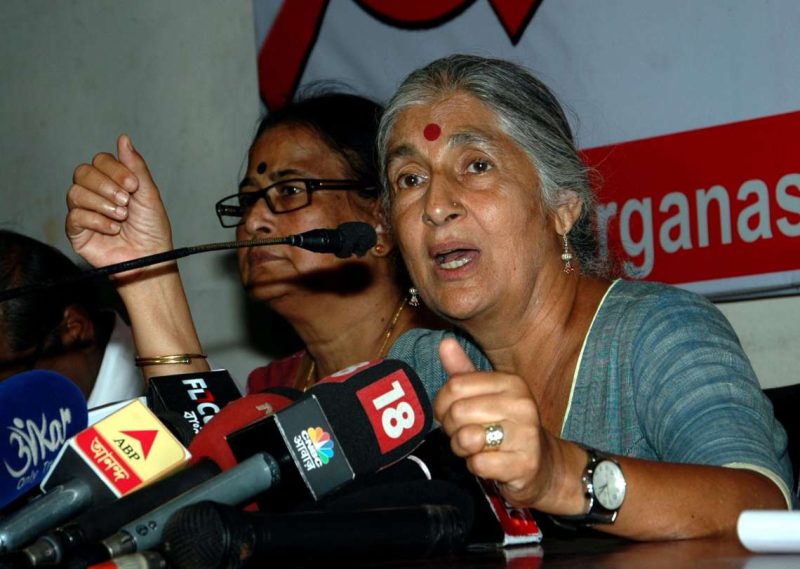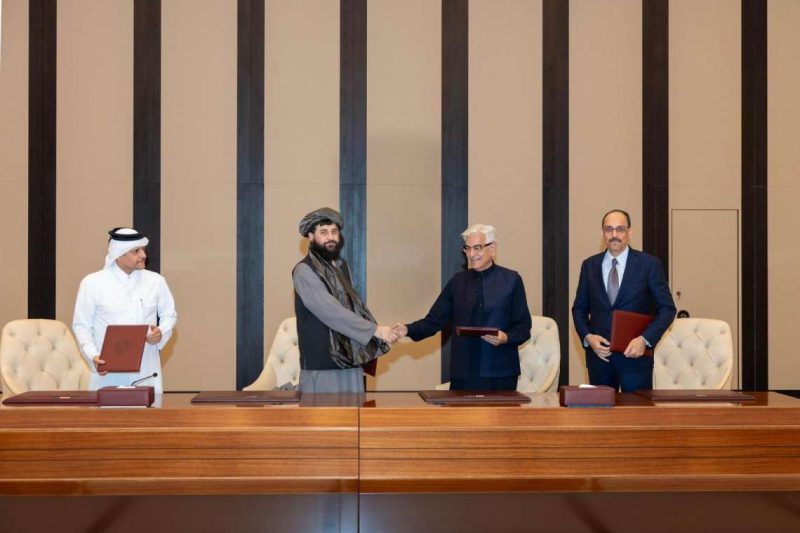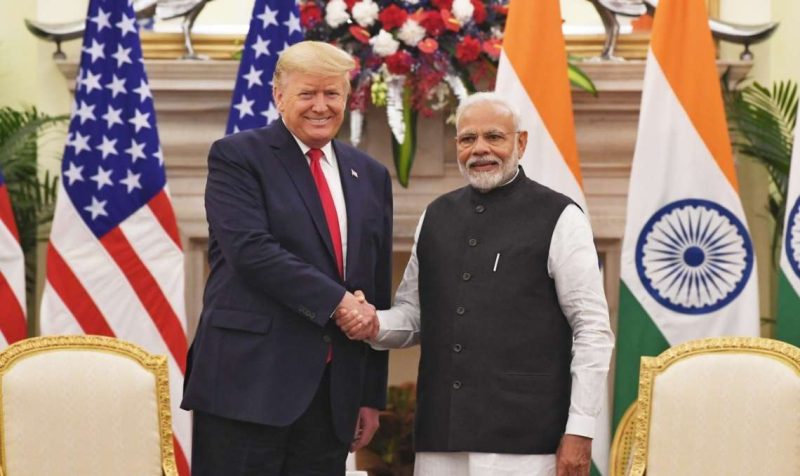The Chinese care more about their global strategy than the fight against Covid. They are using all tactics to win their goals in Europe. Estonia’s top foreign intelligence service believes that by using various topics, such as Iran, the climate or health care, China wants to find as much common ground with Europe as possible and make European leaders believe that China is a reliable partner contrary to what the US claims, a special report by Ateet Sharma
In a stinging report on the Xi Jinping regime, whose activities “raise new security issues” every year, Estonia has warned the world that China, faced with growing confrontation with the West, is going all out to create a division between the US and Europe.
“Implementing China’s foreign policy doctrine, or creating a ‘community of common destiny’, will lead to a silenced world dominated by Beijing,” the Estonian Foreign Intelligence Service (EFIS) wrote in its annual report.
The 82-page report mentions in detail the threats emanating from China’s “increasingly confrontational foreign policy” as well as its influence operations and the “threats of sinicising” Chinese technology.
It also throws light on China’s tightening cooperation with Russia, a relationship “mostly dominated” by Beijing.
The Baltic country, a former Soviet republic which became independent in 1991, lies on the southern coast of the Gulf of Finland bordered by Latvia and Russia and shares maritime borders with Finland and Sweden.

At 45,227 square kilometres, Estonia is just a little bigger than Denmark, Switzerland, or the Netherlands. However, the small size hasn’t deterred the peaceful nation to regularly take China head on, accusing it of using overseas investments for political purposes and pursuing its hawkish expansionist agenda.
Only last week, Estonia had joined Bulgaria, Estonia, Lithuania, Romania, and Slovenia in snubbing China by sending ministers instead of respective heads of states to the February 9 virtual summit of the 17+1 bloc convened by Beijing.
The format is used by China to engage with Central and Eastern European countries (CEEC) – most of them European Union members. Many nations however believe that it is a tool used by Beijing to step up its political influence in Central Asia, as a side effect of economic investment.
Chinese President Xi Jinping said last Tuesday that “17 plus 1 could make more than 18.”
“China-CEEC cooperation is based on mutual respect and has no political strings attached,” Xi said while delivering the keynote speech at the China-CEEC summit.
His words didn’t cut much ice with many member countries, including Estonia.
The country’s top foreign intelligence service believes that by using various topics, such as Iran, the climate or health care, China wants to find as much common ground with Europe as possible and make European leaders believe that China is a reliable partner contrary to what the US claims.

It said that the Chinese leadership understands that a united West is an insurmountable obstacle for China that must be broken. However, despite its calls for closer cooperation, China has no intention of changing itself but instead wants to use its size and influence to muffle any critical voices from Europe.
“Putting President Xi Jinping’s ideology at the centre of party and state politics clearly indicates that Xi Jinping’s leadership is meant to make China the most powerful country in the world by 2035. However, current events also show that, far from moving towards liberalism, China is becoming an increasingly authoritarian regime centred around the growing personality cult of Xi Jinping,” the EFIS annual report stated.
It details the Chinese strategy of influencing the ‘target’ countries’ policies towards China which was patently evident during the Covid-19 crisis as Beijing actively tried to brand itself as a ‘saviour’.
“The emphasis was put on the need to put politics aside and confront the virus devastating humankind. Simultaneously in China, the media, heavily controlled by the Communist Party, was actively defaming, demonising and ridiculing Western democracy, saying that only an authoritarian system like China could successfully defeat the virus.
They failed to mention that the democratic and self-governing island of Taiwan was much more successful in managing the epidemic.”

The report said that foreign think tanks with informal links to the Chinese government seek to adapt the CCP’s message to Western pluralism. However, topics such as personal freedom, the status of Hong Kong and Taiwan, and the situation of the Uyghurs and Tibetans are addressed strictly within the limits acceptable to the Chinese authorities.
It also mentioned hown China, following Xi Jinping’s strategic guidelines, is devoting all its resources to technological development to become a world leader in the field and make other countries dependent on Chinese technology. Chinese media and analysts have made no secret of the long-term goal of employing the Chinese BeiDou satellite navigation system in all Chinese technology and exporting the system to countries that have joined the Belt and Road Initiative (BRI).
“In other words, China is establishing an autonomous global ecosystem where in the era of the Internet of Things, artificial intelligence, cloud services and ultra-high-speed networks (5G today, 6G in the future) integrated Chinese technologies will play a key role,” the report said.

Citing example of Huawei, the report said that while the organisation emphasises that the company is owned by its employees, led by Huawei’s trade union committee, it should be understood clearly that all Chinese trade unions belong to the All-China Federation of Trade Unions, the chairman of which is also the CCP’s party secretary.
“The current party secretary is also a vice-chairperson of the National People’s Congress, China’s parliament. The trade unions follow the same vertical chain of command as the provinces – they are actually headed by the party secretary and not by the provincial governor, whose responsibilities are administrative.”
Thus, EFIS believes that by integrating Tallinn into China’s autonomous technology ecosystem, Estonia will become vulnerable and dependent on China – a reality which should dawn on the rest of the world too.
Also read:India, China working on pullback from other friction points


